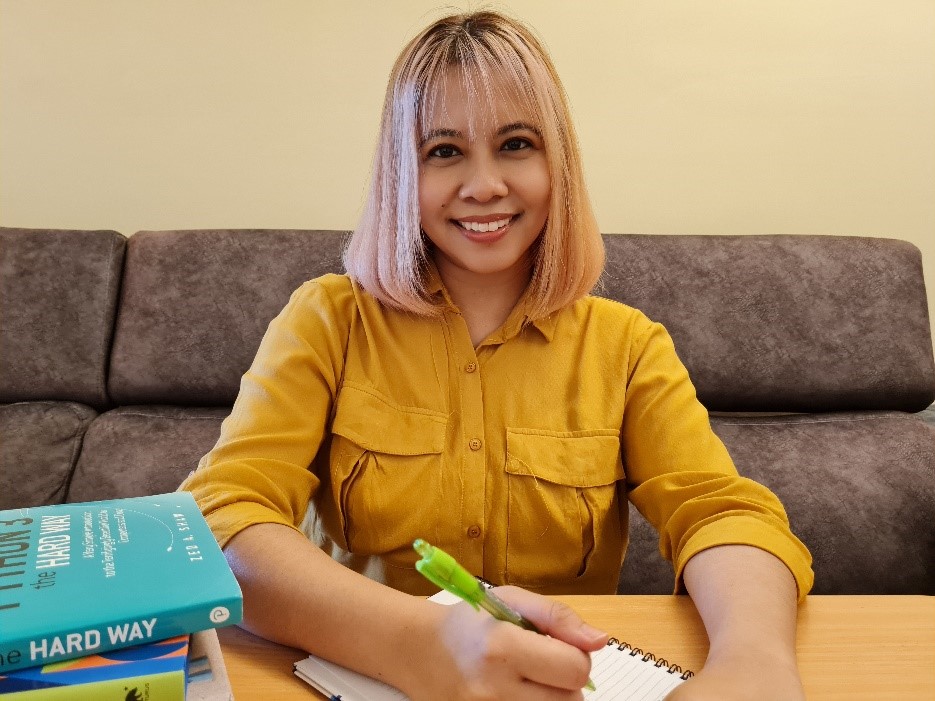Presenter: Ain Nadrah Noor Sazali, Iraya Energies
Title: CASE STUDY : Efficient exploration in the Bonaparte Basin Using Unstructured Data Analytics with ElasticDocs

Abstract:
Mining and Oil and Gas companies are awash with data from many different disciplines, the amount of data is growing exponentially and is estimated to double every 12 to 18 months. The diversity of the available data is such that it is impossible for any single user to efficiently access this information and knowledge. In recent years, these industries have been turning to finding new ways of tackling this challenge, using Big Data and Machine Learning technologies. In Iraya, we have developed ElasticDocsTM, an intuitive knowledge container, capable of automatically ingesting and structuring reports, images and presentation using machine learning.
We will present a case study covering the entire Bonaparte Basin for Play Based Exploration (here, for Oil and Gas potential).The technology will be used to address the five most common potential challenges during a geological study: (i) Discrepancies in formation tops, (ii) Limited understanding of lithology distribution, (iii) Limited mineral composition understanding, (iv) Fluid distribution, (v) Pressure/temperature patterns. We will demonstrate how such analysis can be conducted in ElasticDocs and how much time and resources are saved by the geoscientist mining these vast amounts of unstructured data such as reports (G&G, drilling, production), presentations (studies, analysis, summaries), images (cores, thin sections), spreadsheets and tables.
Bio:

Ain Nadrah Noor Sazali is a Digital Earth Scientist in Iraya Energies. With her diverse background of domain expertise (geology, petrophysics) and also in Data Science, she designs and deploys innovative machine learning and artificial intelligence solutions for unstructured data using ElasticDocs to support the geoscientists and engineers decision making. She holds a MSc in Petroleum Geology, a BSc in Industrial andComputational Mathematics, and a Diploma in Science Physics.
Registration: https://us02web.zoom.us/webinar/register/WN_5ncAhPosQSiGWO-b-JP8Vw
